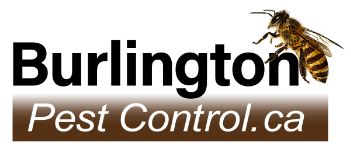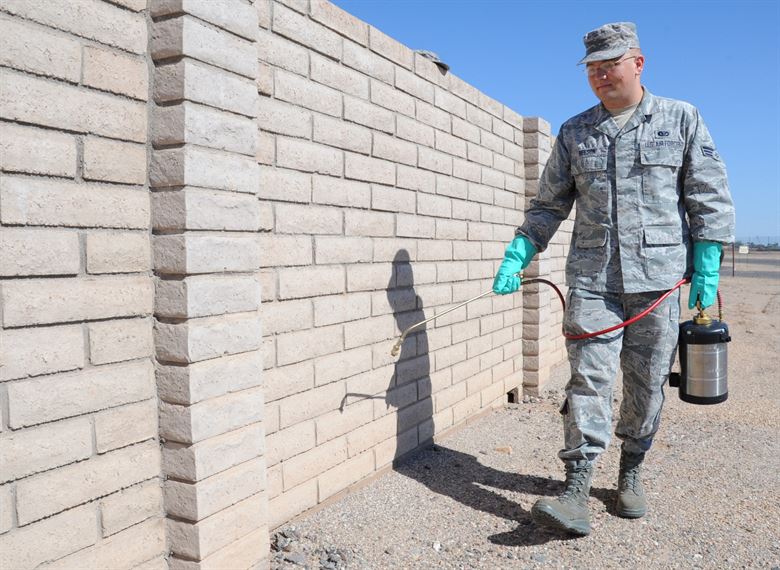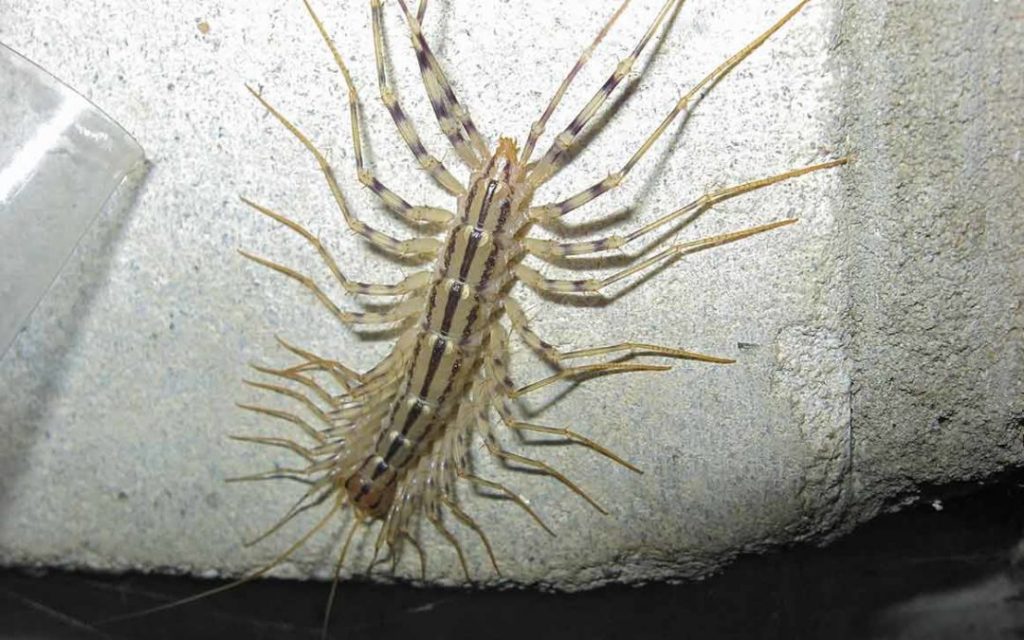The Hidden Dangers: Identifying and Preventing Termite Infestations
Termite infestations are more than just a mere annoyance; they are a Burlington homeowner’s worst nightmare. These pests can silently destroy your property, causing extensive damage and financial loss. Even worse, it can be tough to detect them until it’s too late. Understanding the early signs of termite infestation is crucial for homeowners looking to protect their property. In this blog, we will explore the hidden dangers of termite infestations, how to identify them, and the crucial prevention methods necessary to keep your property safe. By being proactive and taking the necessary preventive measures, you can avoid costly repairs and protect your home from termite damage.
Understanding the Hidden Dangers
Termites are social insects that feed on wood and other cellulose-based materials. While they play an important role in the ecosystem by breaking down dead plant matter, they become a serious threat when they invade our homes. The hidden dangers of termite infestations lie in their ability to work silently and remain undetected for long periods. They slowly chew through wooden structures, compromising the structural integrity of your property. By the time you notice signs of damage, significant harm may have already occurred. Termites can also cause electrical issues by chewing through wiring, increasing the risk of fire hazards.
Identifying Termite Infestations
Early detection is crucial in preventing severe damage caused by termites. Keep an eye out for the following signs:
1. Discarded wings: Termites shed their wings once they find a suitable location for a new colony.
2. Mud tubes: These pencil-sized tunnels on walls or foundation indicate termite presence.
3. Hollow-sounding wood: Tap wooden structures to check for hollowness, indicating termite damage.
4. Frass: Termite droppings or frass resemble small pellets and can be found near infested areas.
5. Blistered or sagging floors: Moisture created by termites can cause floors to become uneven.
Preventing Termite Infestations
Taking proactive measures can significantly reduce the risk of termite infestation:
1. Eliminate moisture sources: Repair any leaks or water damage, as termites are attracted to moisture.
2. Clear vegetation: Remove dead trees, stumps, and wood debris from around your property.
3. Maintain ventilation: Proper airflow reduces humidity, making your home less appealing to termites.
4. Regular inspections: Schedule professional termite inspections annually to detect signs early.
5. Use termite-resistant materials: Opt for treated wood or alternative materials like concrete or steel.
6. Chemical barriers: Apply termiticides or seek professional help to establish a chemical barrier around your home.
7. Monitor wooden structures: Regularly check for signs of damage or weakened areas.
8. Educate yourself: Learn about local termite species and their habits to better protect your property.
Termites are not just a nuisance; they pose a severe threat to the value and structure of your home. Due to their inconspicuous nature, they can cause hidden damage that often goes unnoticed until it’s too late. That’s why having a comprehensive understanding of the dangers of termite infestations is crucial. If you observe early indications such as small, sawdust-like deposits or mud tubes near wooden structures, you may already be dealing with a termite infestation, and taking swift action is paramount. Reducing moisture and sealing foundation cracks can help deter termites, but it’s not foolproof. When seeking assistance in termite infestations, you should consider Burlington Pest Control. With over 30 years of experience, our team of experts specializes in identifying, treating, and preventing termite infestations. By engaging our services promptly and maintaining vigilance, you can protect your property and avoid potential costly damages. Don’t wait until it’s too late; contact Burlington Pest Control today.




